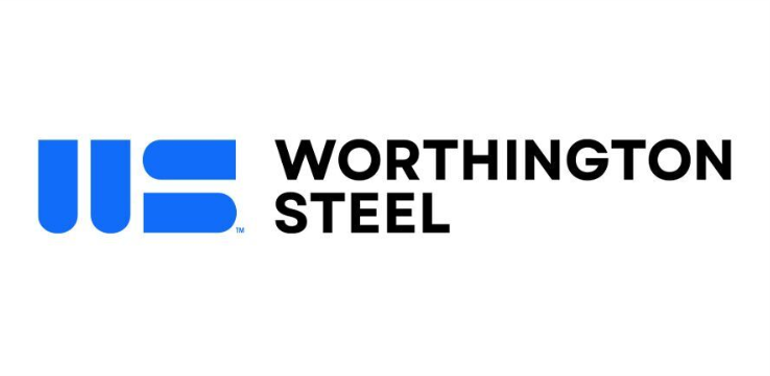Service Centers

Secondary Service Centers Hoping 2016 Will be a Better Year
Written by John Packard
February 7, 2016
The year 2015 was a brutal one for the domestic steel mills as well as the distributors who service the end user markets on a spot basis. Many of the service centers who purchase secondary (non-prime or excess) steel have suffered and have had to change the way they conduct business in order to survive.
Steel Market Update spoke with a number of secondary distributors around the country in order to get their take on what happened last year and what they expect going forward.
![]() What SMU found was with the long protracted declining price market that we saw during most of 2015, the concept of buying secondary inventory on speculation severely damaged many dealers who were unable to get rid of the steel before it lost its value to any prospective buyer.
What SMU found was with the long protracted declining price market that we saw during most of 2015, the concept of buying secondary inventory on speculation severely damaged many dealers who were unable to get rid of the steel before it lost its value to any prospective buyer.
One service center executive told us, “It was all about staying power through 2015. There has to be a hangover.” He told us that many service centers are still upside down as they are carrying inventories that were purchased at higher prices than what is available today.
He told us that mill secondary prices, which tend to trend in line with the ferrous scrap markets, had increased to their company by approximately $20 per ton since the end of the year or, since the lowest levels seen during 2015.
Other dealers reported secondary prices as being relatively stable since many buy based on the movement of the ferrous scrap markets which last month were up but only slightly and this month scrap has been trading sideways to last month’s numbers in many regions.
A Midwest based service center told us, “Pricing for secondary has firmed but we are not seeing the same increases being placed on prime. It definitely stopped any price erosion we would normally see during the holiday slow down.”
Another service center told us regarding what happened to them over the past year, “The scrap price dropped –which in turn moved the non prime pricing down a little quicker than [what] the prime numbers were dropping. This made for a larger spread between prime and non prime/excess. This is much needed as it has been tighter over the last several years. There needs to be a spread to give the customers a reason to want to buy non prime.”
But to be successful as steel prices decline is the ability to move off unsold inventories quickly and some service centers were able to do that. One distributor told us, “We managed to keep inventory low enough so we did not get upside down on too many items…” The executive went on to say, “…Customers are not paying any increases in the secondary or excess yet. Some companies still whoring up the market with low numbers. We made money in 2015, lots of people like to complain in any market.”
From the Southeast we heard from one secondary distributor regarding 2015, “Customer buying activity slowed as prices continued to fall, leaving higher priced materials unsold. At best, margins were squeezed. At worst, sales were made at a loss. The net result has been that cash flows from smaller secondary service centers are an issue.”
That lack of margin did not go unnoticed by the secondary service centers lenders who cut back on inventory based lending to many of the non-prime distributors. The end result has been a change in focus regarding carrying unsold non-prime inventories. One service center executive told us, “Fortunately we were not carrying inventory beyond a few weeks and worked to ‘clean house’ early in 2015… I believe we have adjusted to the new ‘normal’ and are in a position to handle market adjustments better. We won’t lose if it goes down, BUT we will not make money on the up cycle like we did in the past. This is mostly due to the difficulty in getting inventory based lending not the supply/demand cycle for steel consumption.”
This executive went on to say that challenges exist for the secondary service centers due to the new steels being produced for the automotive markets, “Barring another international political crisis I do believe that the survivors are in a better place to be profitable but nothing like we once knew. I believe this is a new industry working on new metrics with much narrower margins and volume will be the main indicator of profitability in the long run. That said there [are] new items being made of steel and with the changes in the auto industry and the limited use of that product [being able] to be redistributed in the secondary or excess market may make for some challenges looking into the future.”
From one of our Southeast service centers we learned, “It feels like we have found a bottom and even had a small bounce. I don’t really see further deterioration in pricing this year, but I don’t see any significant uptick either. Assuming pricing stays in a narrow band for 2016, service centers should be able to at least sell their newer stocks which are price competitive. Blending in higher cost inventories will continue to pressure earnings.”

John Packard
Read more from John PackardLatest in Service Centers

GM names Worthington a 2024 Supplier of the Year
This is the Ohio-based steelmaker’s fourth time winning the award.

Olympic taps Hegler for GM role at Action Stainless
Olympic Steel has named Alex Hegler as general manager for its Action Stainless facility in Rock Hill, S.C.

Olympic opens new Houston facility for Action Stainless unit
Olympic Steel has opened a new facility in Houston to support its Action Stainless business.

Worthington Steel sees demand improvement after earnings slump
Lower volumes and steel prices dampened Worthington Steel’s profits, but market momentum is building, the metals processor said in its most recent quarterly earnings report.

Galvanized buyers see strong demand, but uncertainty lingers
Demand is up, but tariffs raise concerns
